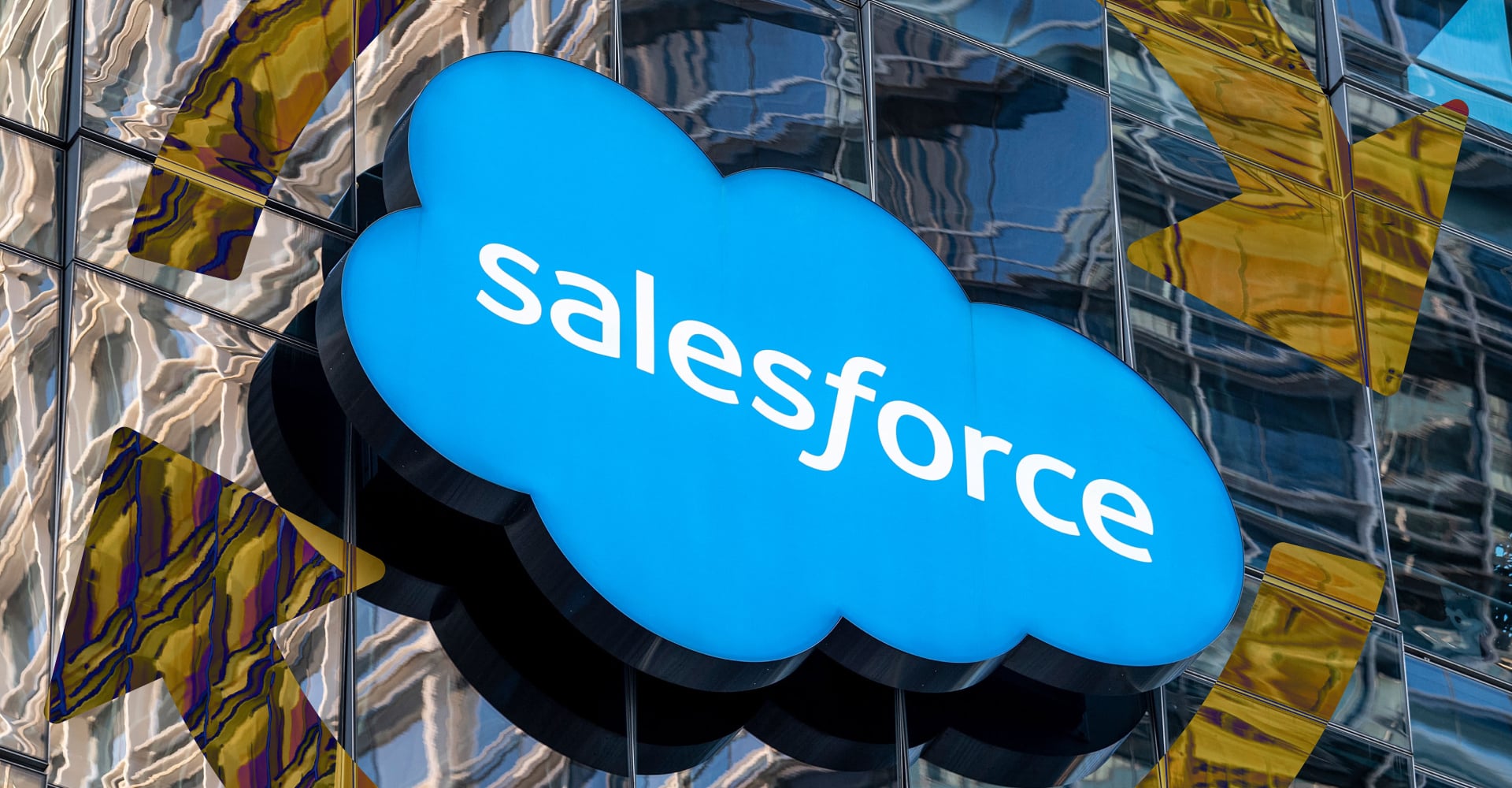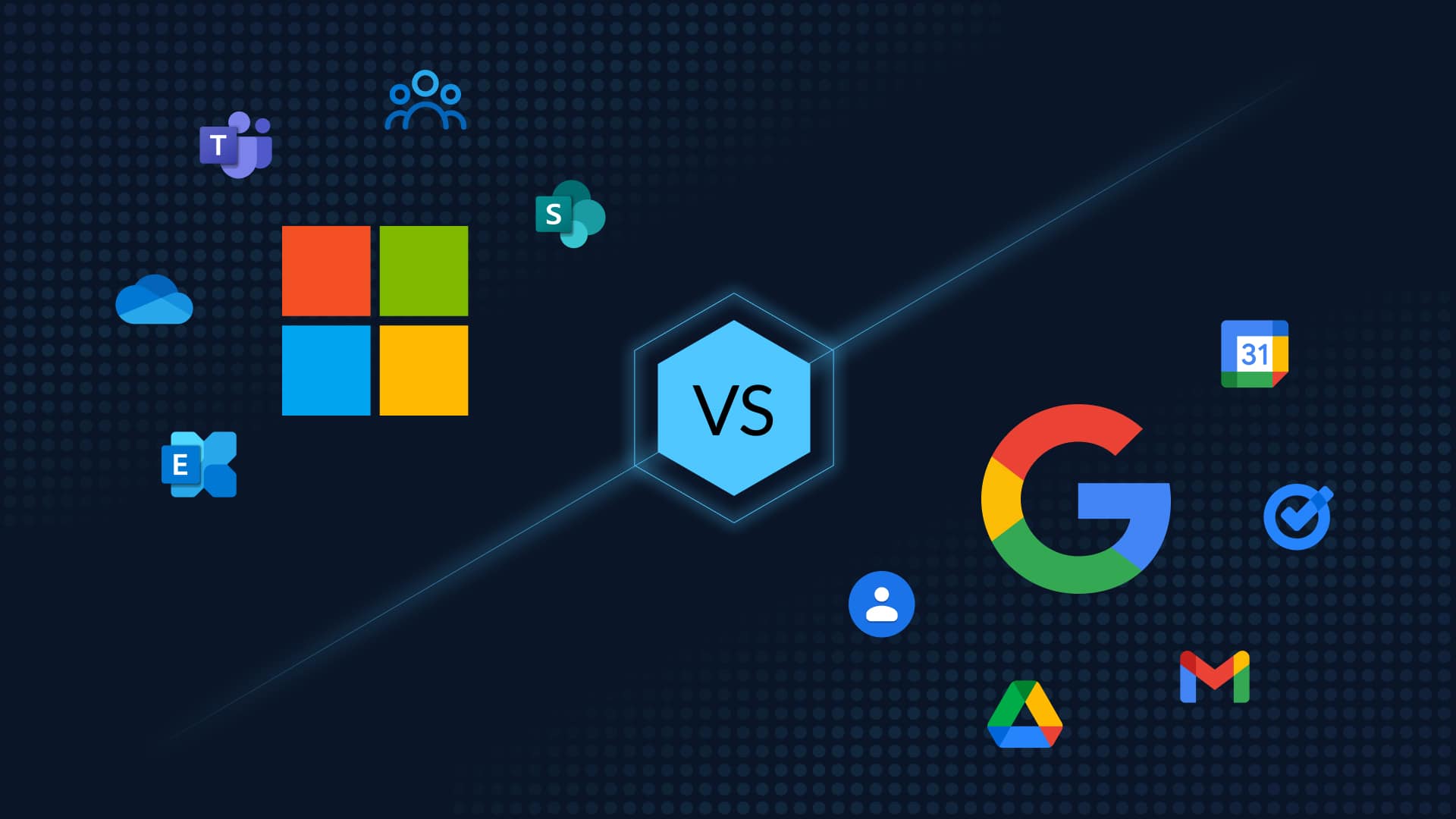[av_textblock size=” font_color=” color=” av-medium-font-size=” av-small-font-size=” av-mini-font-size=” av_uid=’av-jylr50wi’ admin_preview_bg=”]
Migrating To Cloud Business Solutions
Businesses continue to Migrating to Cloud Business Solutions such as Google Apps and Salesforce in large numbers for a variety of reasons such as cost savings, scalability, and reliability, but did you know that cloud-computing solutions also provide a significant reduction in your overall carbon footprint?
What this article is about:
Why Switch To Cloud Computing?
A November 2010 study by Microsoft, Accenture and sustainability consultants WSP Environment & Energy has shown that organizations moving to the cloud can reduce carbon emissions and energy consumption by as much as:
- 90% for small organizations of approximately (100 users)
- 30 to 60% for medium-sized companies (1000 users)
- 30% or more for large enterprise level organizations
A study based on Salesforce.com’s customer base and published by Nucleus Research in October 2010 found that Salesforce.com customers saved the energy equivalent of 11 barrels of oil every hour. The report went on to state that “Salesforce.com customers experience a 91 percent energy savings by using the Salesforce.com cloud instead of on-premise application servers.”
And finally, a March 2011 report based on Salesforce.com customers and commissioned in conjunction with the WSP stated: “multi-tenant cloud platforms were on average 64% more carbon-efficient than so-called ‘private clouds’ that don’t use multi-tenancy.”
How Does Cloud Computing Reduce Carbon Emissions and Save Energy?
So what is it about cloud computing that provides such a substantial reduction in energy use and carbon emissions? The Microsoft/Accenture report provides a clear summary of these factors including;
- Dynamic Provisioning: Reducing wasted computing resources through better matching of server capacity with actual demand.
- Multi-Tenancy: Flattening relative peak loads by serving large numbers of organizations and users on shared infrastructure.
- Server Utilization: Operating servers at higher utilization rates.
- Data Center Efficiency: Utilizing advanced data center infrastructure designs that reduce power loss through improved cooling, power conditioning, etc.
With the potential savings in energy and carbon emissions, cloud-based services such as Google Apps and Salesforce become even more compelling alternatives to traditional on-premise solutions. And when it comes to backing up your cloud-based data, consider a cloud to cloud backup service such as CloudAlly to reduce your carbon footprint even further.
Now that you know why you should migrate to cloud business solutions, you might want to have a look at what we created for you…








